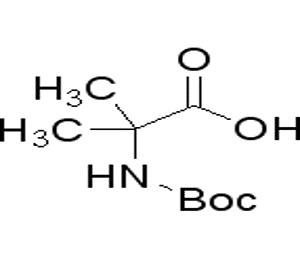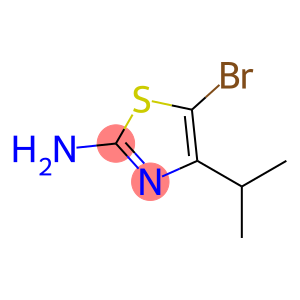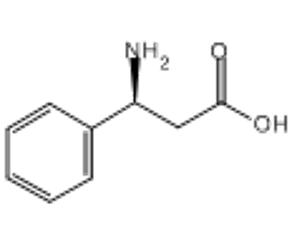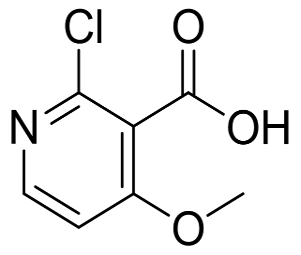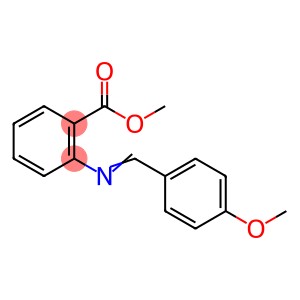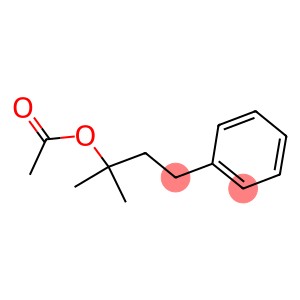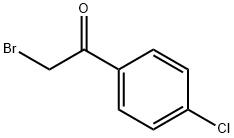Boc-2-Aminoisobutyric acid(CAS# 30992-29-1)
| Safety Description | 24/25 – Avoid contact with skin and eyes. |
| WGK Germany | 3 |
| HS Code | 29241990 |
| Hazard Class | IRRITANT |
Introduction
N-[(1,1-dimethylethoxy)carbonyl]-2-methyl-alanine, chemical name is N-[(1,1-dimethylethoxy)carbonyl]-2-methylalanine, it is an organic compound. The following is a description of its nature, use, formulation and safety information:
Nature:
-Appearance: A white crystalline solid.
-molecular formula: C9H17NO4.
-Molecular weight: 203.24g/mol.
-Melting point: About 60-62°C.
-Solubility: Soluble in organic solvents such as ether, chloroform and alcohol, insoluble in water.
Use:
N-[(1,1-dimethylethoxy)carbonyl]-2-methyl-alanine is a reagent commonly used in organic synthesis and is mainly used as an intermediate in peptide synthesis. It can protect the amino group, and has good stability and selectivity. In drug development and chemical synthesis, N-[(1,1-dimethyllethoxy) carbonyl]-2-methyl-alanine can be used in the synthesis of synthetic polypeptides, drug ligands, and natural products.
Method:
The preparation of N-[(1,1-dimenthylethoxy) carbonyl]-2-methyl-alanine is generally carried out by the following steps:
1.2-methyl alanine is reacted with dimethyl carbonate anhydride to generate N-Boc-2-methyl alanine.
2. Reaction of N-Boc-2-methylalanine with isobutylene alcohol to produce N-[(1,1-dimethyllethoxy) carbonyl]-2-methyl-alanine.
Safety Information:
N-[(1,1-dimenthylethoxy) carbonyl]-2-methyl-alanine is relatively safe under normal operating conditions, but some basic safety precautions still need to be observed:
-Personal protective equipment such as lab gloves and goggles should be used during operation.
-Avoid direct contact with skin and inhalation of its dust or solution.
-When storing, it should be sealed and stored in a dry, cool place, away from heat and flame.
-Detailed safe operation methods and guidelines for handling waste can be obtained from the substance’s safety data sheet (MSDS).


